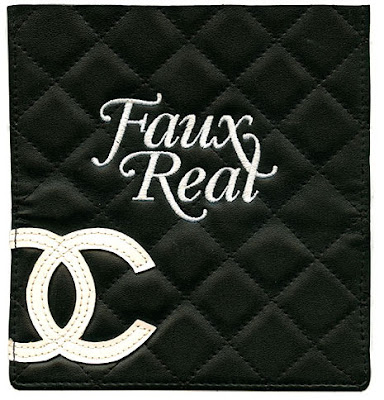by Sara Martin

The most expensive is $2,600.00 USD, from the "Dubai Collection" (Because it is available at Harvey Nichols department store in Dubai), "The Ten Thousand" (referring to the 10,000 swarovsky crystals applied to the bottle). The company is based out of Los Angeles.
I thought it was funny that there is also a "cobalt collection", which sells for $480.00 USD. (Cobalt is needed in tiny amounts to keep many animals and humans alive, but is radioactive, and poisonous with exposure in large quantities. The prospect of selling water in "Cobalt" bottles then becomes unappealing. The relationship between more conspicuous forms of luxury and irrational behavior is interesting. I think it relates to what we were talking about, when certain people readily flash their status, or power, they become a joke)
This is also interesting in the lens of luxury:
She states that she cannot tie shoes, or type on a computer, or take her jewelry off. In the interview someone tries to help her take her bracelet off, and she states that she's "stuck". It echos the wearing of corsets from the 16th-early 19th century, as well as the dress train, and the crazy dresses that were shown with gigantic hips that would struggle to get through doors etc. This type of restrictive luxury has seemingly become easier to accomplish with the progress in technology of the industrial revolution. I wonder if the information revolution will adopt some form of this restrictive luxury?

Here, is a "Collosal MP3 Player" sold at "Walgreens". I am really curious to see if that which is produced separate from economy, or that which exceeds the "goal capital sets for it", can develop this notion of "restrictive luxury". ie: ideas, forms of life, etc, or if "restrictive luxury" is dependent on economy. I guess the question is within the realm of the immaterial, are we willing to restrict ourselves separate from economy to propose a status which is also separate from economy? Or is this counterproductive?
Does this make sense?



























































